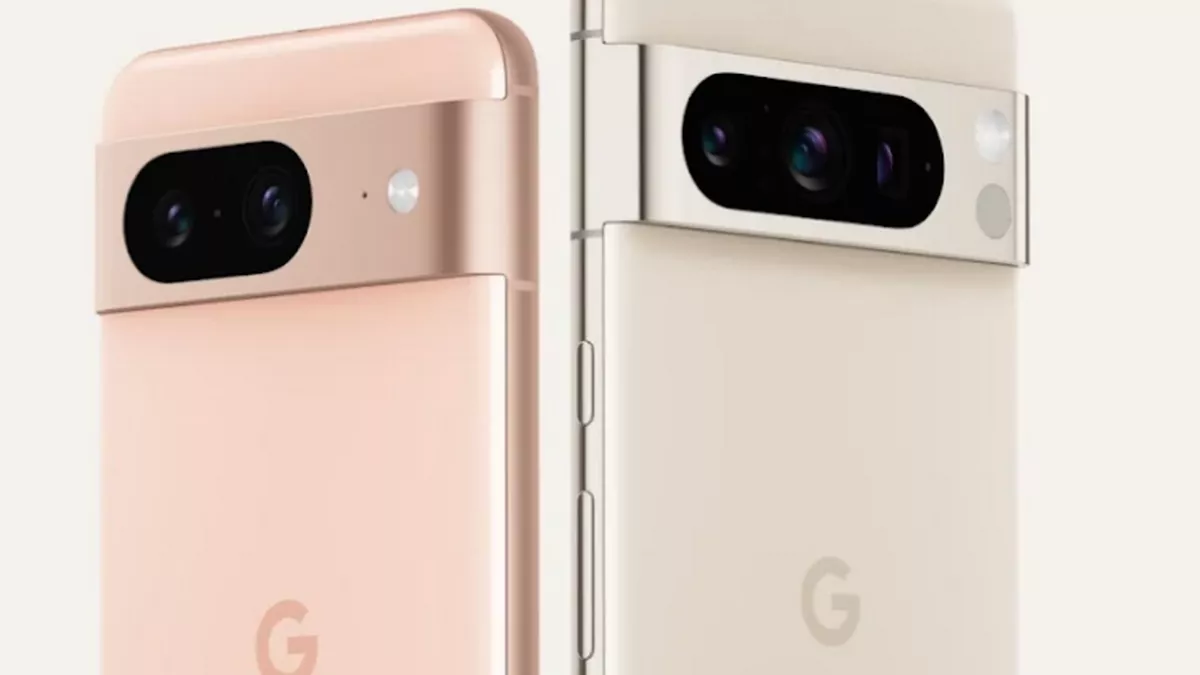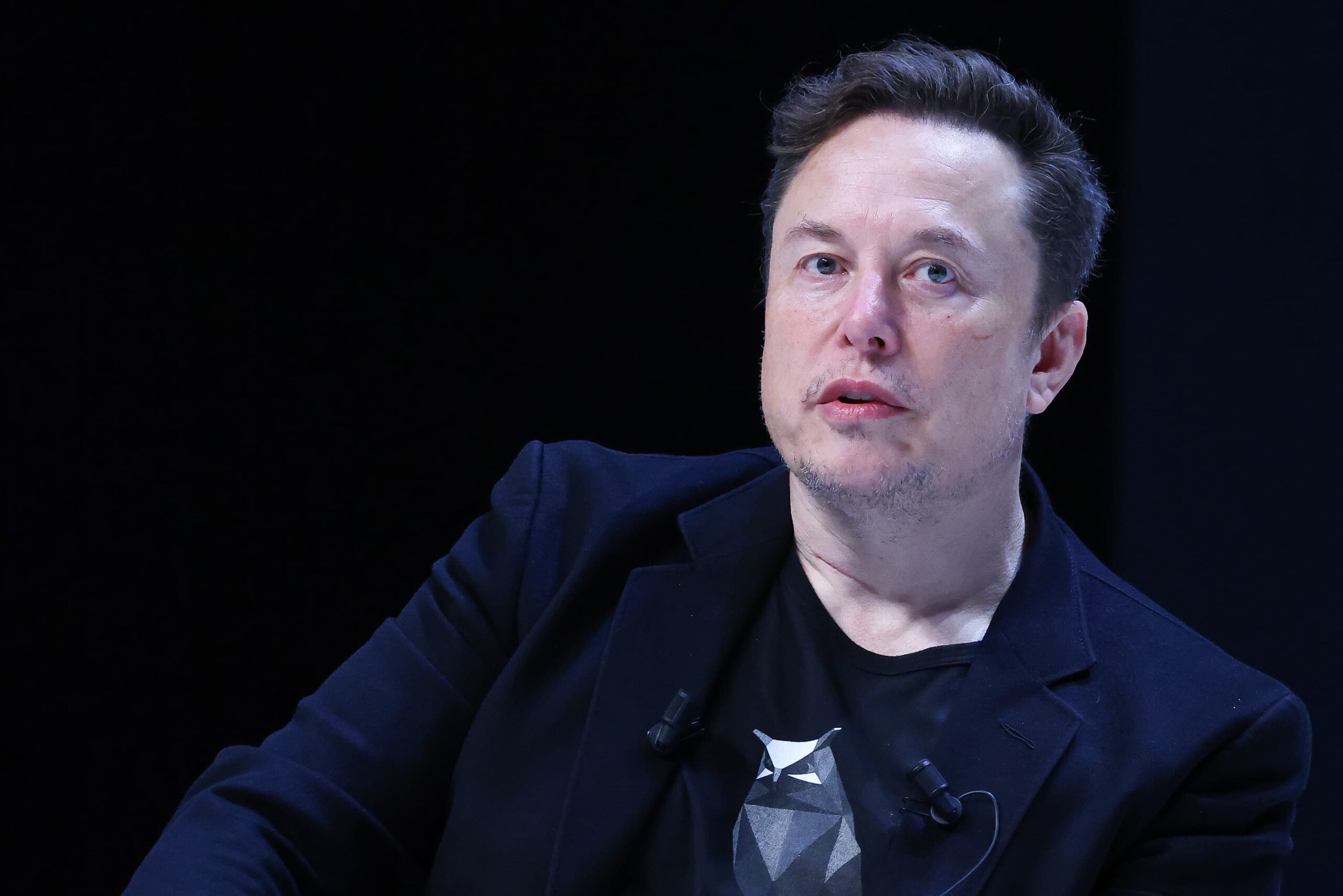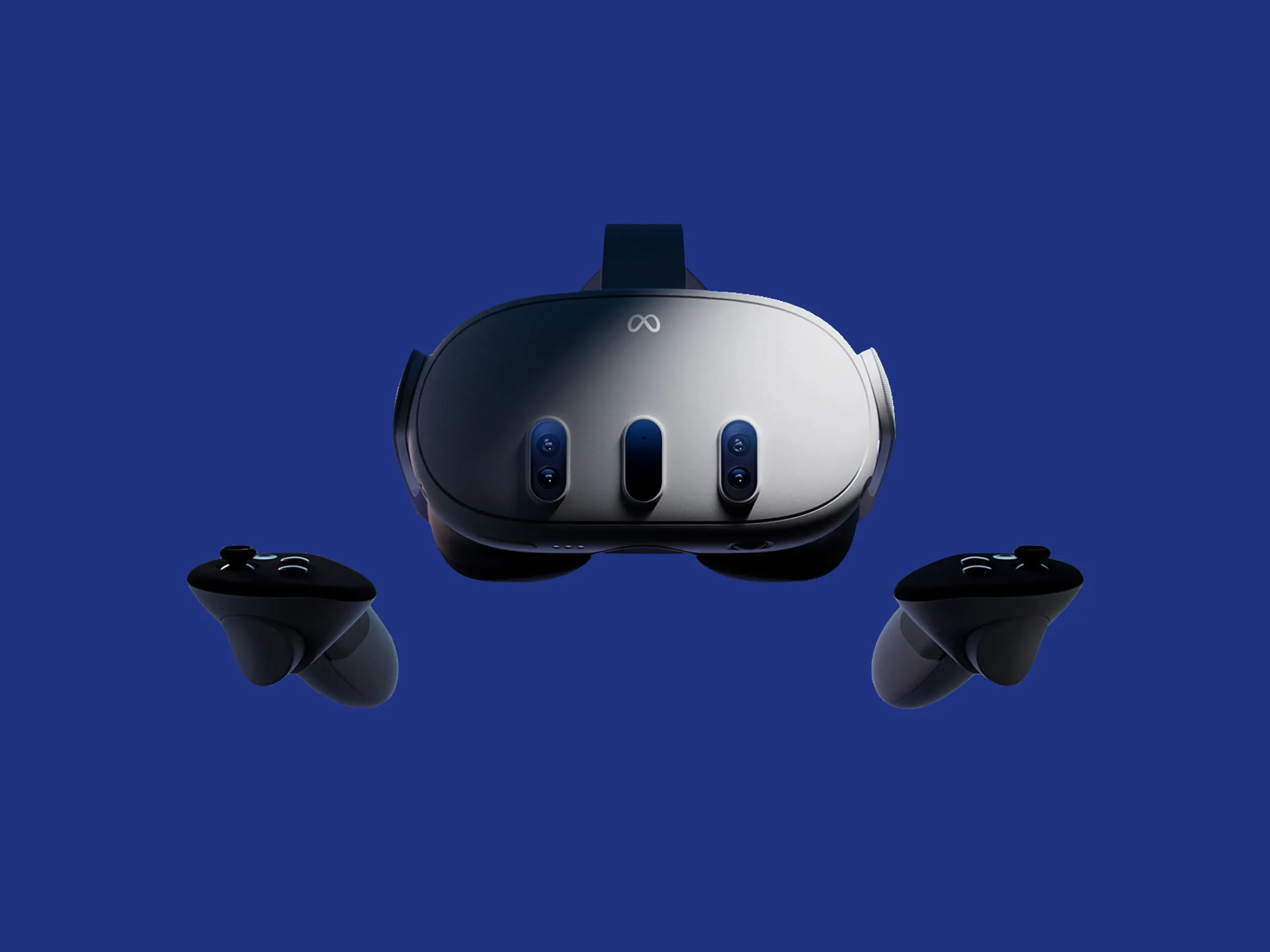For years, Google has been playing catch-up in the hardware arena. While its Pixel devices often boast cutting-edge technology and impressive features, they haven’t been able to truly challenge the dominance of Apple and Samsung. This begs the question: can Google toughen up and finally carve out a significant space for itself in this fiercely competitive market?
In my own experience, I’ve seen friends and family members gravitate towards iPhones and Samsung Galaxy devices, often citing factors like brand reputation, ecosystem integration, and perceived quality. While some have expressed interest in Pixel’s unique features like AI-powered camera capabilities, they ultimately stick with the familiar and “safe” choices. This anecdotal evidence reflects the larger challenge Google faces in converting interest into actual sales.
The Hardware Hurdles: Where Google Needs to Step Up
Google’s hardware journey has been marked by inconsistency and a lack of clear direction. While the Pixel line has shown promise, it has also been plagued by issues like:
- Inconsistent product quality: Early Pixel models suffered from various hardware and software glitches, damaging consumer trust. While recent iterations have shown improvement, the lingering perception of unreliability persists.
- Lack of a cohesive ecosystem: Unlike Apple and Samsung, Google’s hardware ecosystem feels fragmented. The integration between Pixel devices and other Google services, while decent, doesn’t offer the same seamless experience as its competitors.
- Weaker marketing and branding: Google’s marketing efforts for Pixel devices have often been overshadowed by Apple and Samsung’s aggressive campaigns. The “Pixel” brand lacks the same recognition and aspirational value as the iPhone or Galaxy brands.
- Limited global reach: While Google has expanded Pixel availability in recent years, it still lags behind its competitors in terms of global market penetration. This limits its ability to reach a wider audience and build brand momentum.
To truly compete with Apple and Samsung, Google needs to address these weaknesses and adopt a more aggressive and focused hardware strategy.
Learning from the Titans: Strategies for Google’s Success
Apple and Samsung have achieved their dominance through a combination of factors:
- Strong brand identity and loyalty: Both companies have cultivated strong brand identities associated with quality, innovation, and prestige. This translates into strong customer loyalty and repeat purchases.
- Focus on user experience: Apple and Samsung prioritize user experience, offering intuitive interfaces, seamless ecosystem integration, and reliable performance. This creates a positive user experience that keeps customers coming back for more.
- Aggressive marketing and retail presence: Both companies invest heavily in marketing and have a strong retail presence, ensuring their products are readily available and visible to consumers.
- Continuous innovation: Apple and Samsung consistently push the boundaries of technology, introducing new features and designs that keep their products at the forefront of the market.
Google can learn from these strategies and apply them to its own hardware efforts.
A Roadmap for Google’s Hardware Domination
To truly compete with Apple and Samsung, Google needs to:
- Prioritize product quality and reliability: Ensuring consistent product quality is crucial for building consumer trust and overcoming past perceptions of unreliability. Google needs to rigorously test its devices and address any issues promptly.
- Build a cohesive ecosystem: Google needs to strengthen the integration between its hardware and software offerings, creating a seamless user experience across all devices and services. This includes improving the interoperability between Pixel devices, Google Assistant, and other Google apps.
- Invest in marketing and branding: Google needs to ramp up its marketing efforts for Pixel devices, creating compelling campaigns that highlight their unique features and value proposition. It also needs to build a stronger brand identity for Pixel, associating it with quality, innovation, and desirability.
- Expand global reach: Google needs to continue expanding the availability of Pixel devices, making them accessible to consumers in more markets around the world. This will help increase market share and build brand momentum.
- Focus on long-term strategy: Google needs to adopt a long-term vision for its hardware business, rather than making short-term decisions based on market trends. This will allow it to build a sustainable and successful hardware ecosystem.
- Embrace strategic partnerships: Collaborating with other companies can help Google expand its reach and capabilities. For example, partnering with carriers and retailers can improve distribution and marketing efforts.
- Invest in R&D: Google needs to continue investing in research and development to stay ahead of the curve and introduce innovative features that differentiate its products from the competition. This includes exploring new technologies like foldable displays, advanced AI capabilities, and enhanced camera systems.
By focusing on these key areas, Google can strengthen its hardware offerings and position itself as a true competitor to Apple and Samsung.
The Pixel Watch: A Glimmer of Hope?
Google’s recent foray into the smartwatch market with the Pixel Watch shows some promising signs. The Pixel Watch boasts a sleek design, seamless integration with Google services, and a focus on health and fitness tracking. While it still faces stiff competition from Apple Watch and Samsung Galaxy Watch, it represents a step in the right direction for Google’s hardware ambitions.
However, the Pixel Watch also highlights some of the challenges Google still faces. Its high price point and limited feature set compared to its competitors may hinder its mass appeal. To truly compete in the smartwatch market, Google needs to offer a wider range of models at different price points, catering to diverse consumer needs.
The Future of Google Hardware
The hardware market is dynamic and ever-evolving. To succeed, Google needs to be agile, innovative, and willing to take risks. By learning from its past mistakes, embracing a long-term vision, and focusing on user experience, Google can toughen up and finally challenge the dominance of Apple and Samsung.
The Pixel line has the potential to become a major player in the hardware arena. With its strong software foundation, AI capabilities, and innovative features, Google has the tools to create compelling products that resonate with consumers. The key lies in executing a cohesive strategy, building a strong brand identity, and delivering a consistently excellent user experience.





